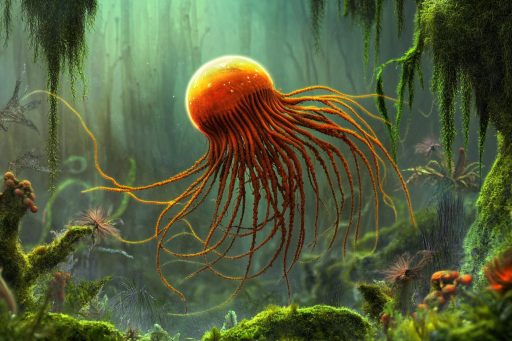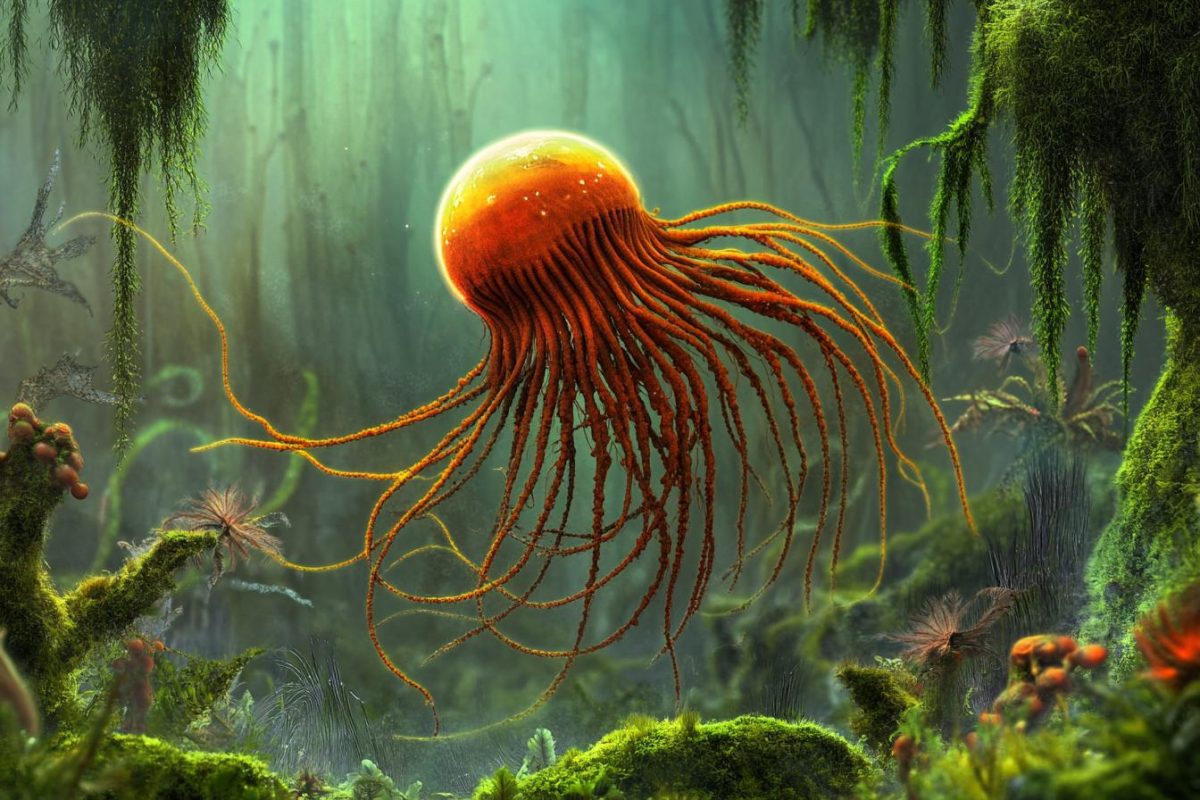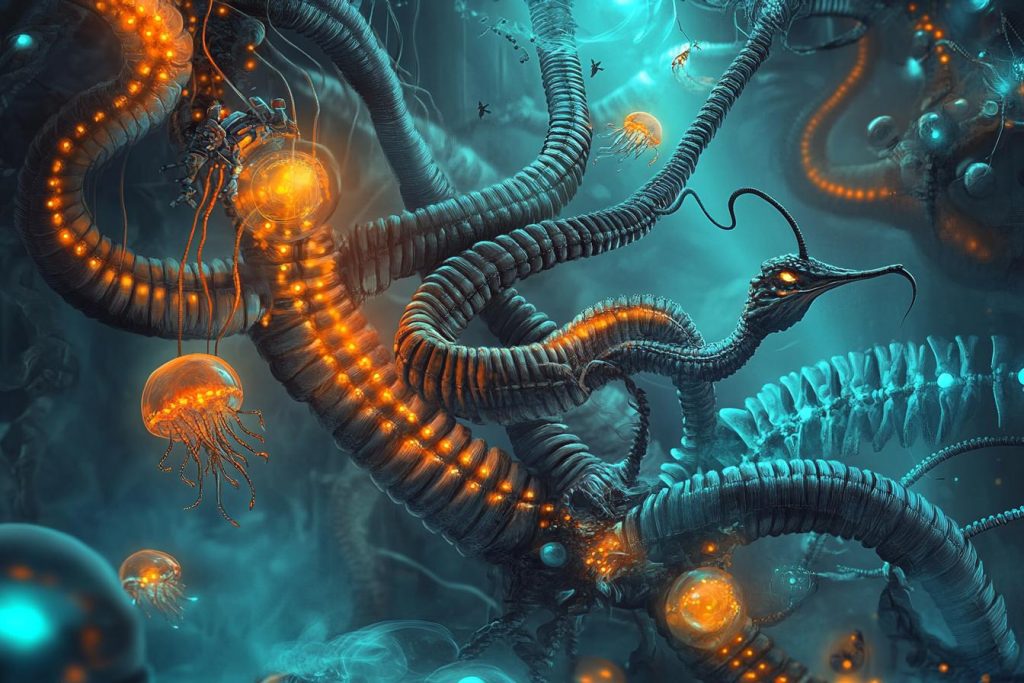
Evolution is often portrayed as a slow, predictable process—but nature doesn’t always follow the rules. From bizarre adaptations to survival strategies no one saw coming, the natural world continues to surprise us with evolutionary twists that challenge our understanding of life itself. These strange developments reveal just how flexible, mysterious, and downright weird evolution can be. When it comes to nature, the only certainty is that nothing is ever truly certain.
The Octopus: A Brain in Every Arm
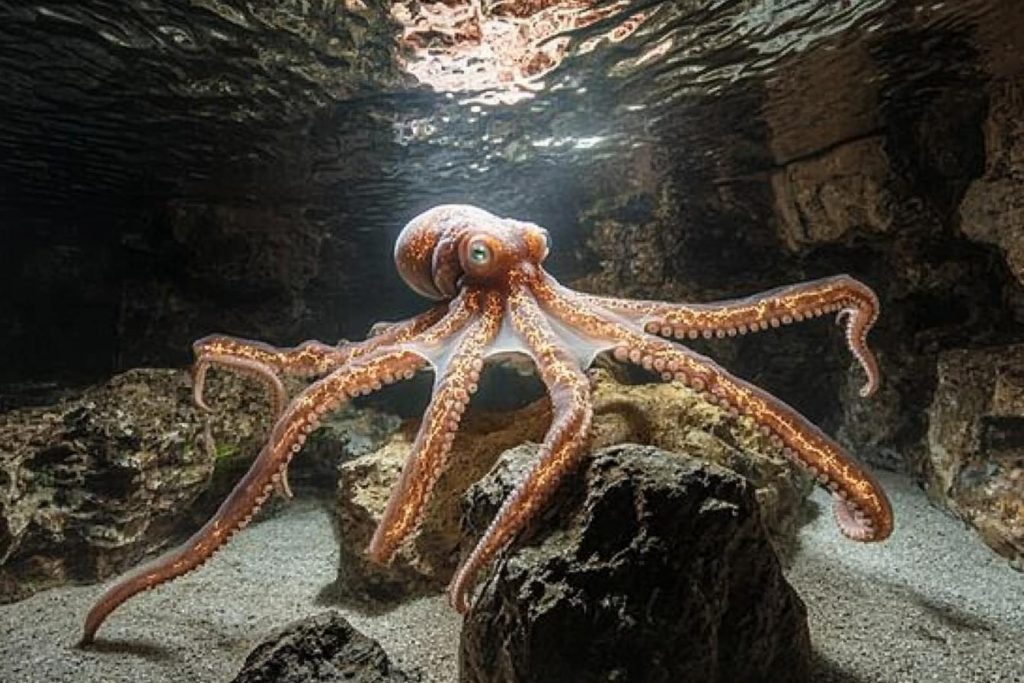
Octopuses don’t just have one central brain—they have a mini-brain in each arm, capable of acting independently. These neural networks allow the limbs to explore, taste, and even make decisions without input from the head. This decentralized intelligence challenges our very idea of how thinking and coordination should work in complex life forms. Evolution took a wildly different route in the deep sea, and it’s still baffling scientists.
Blind Cavefish That Lost Their Eyes on Purpose
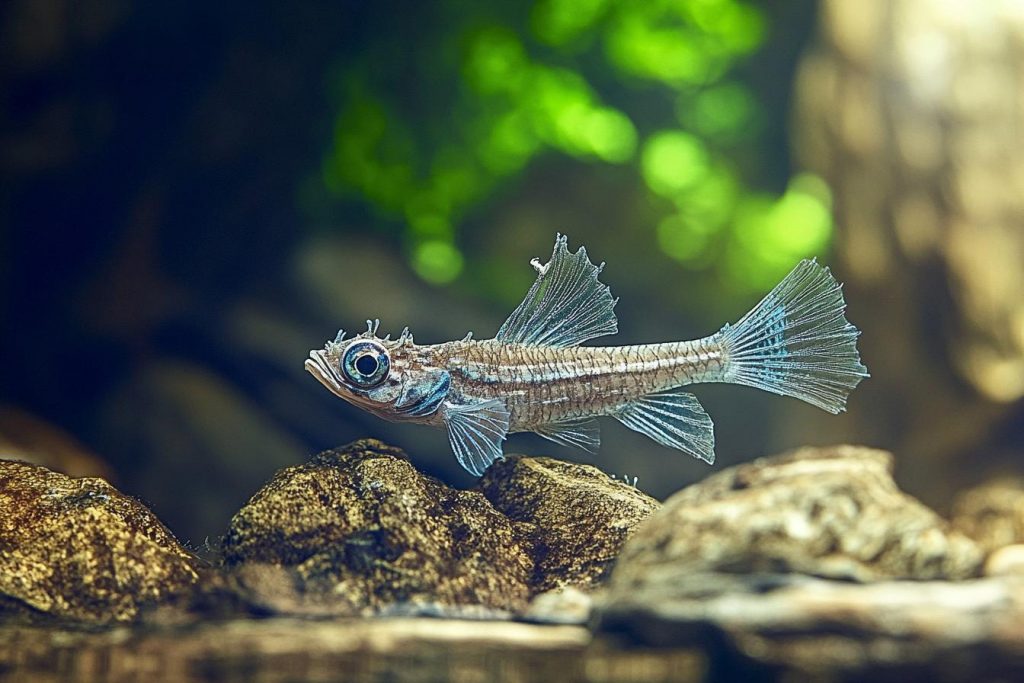
In pitch-black caves, some species of fish have evolved to completely lose their eyes. Instead of vision, they developed heightened senses like vibration detection and water pressure sensitivity. This adaptation suggests that losing a sense can be an advantage when energy needs to be conserved. It’s a rare case where evolution works in reverse—and thrives.
The Immortal Jellyfish That Rewinds Time
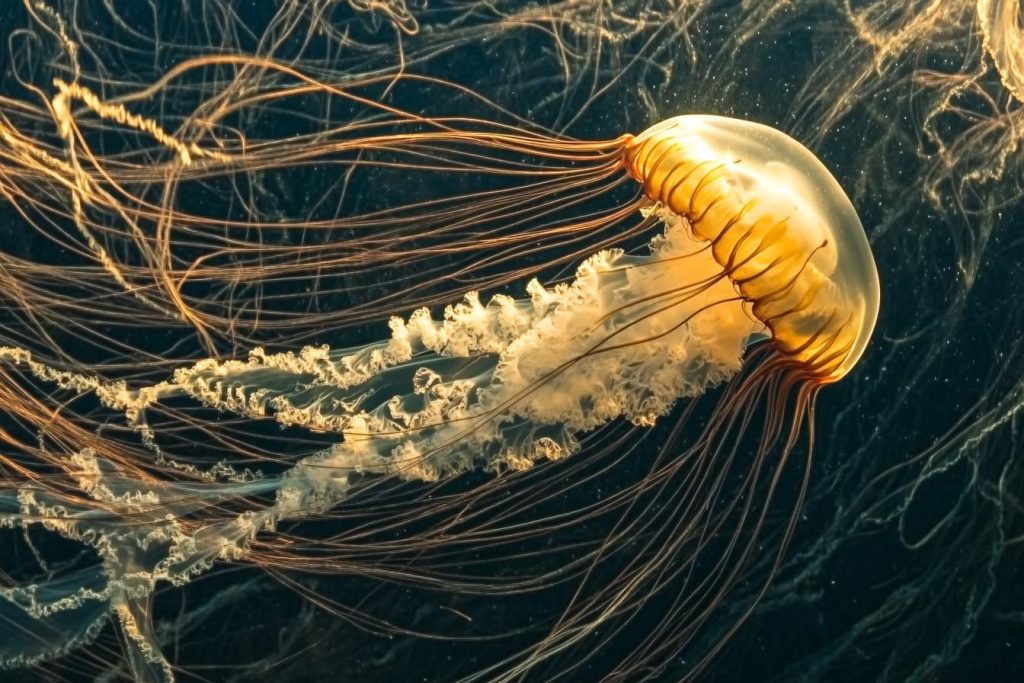
Turritopsis dohrnii, known as the “immortal jellyfish,” has a unique trick—it can revert its cells back to a youthful state and begin its life cycle again. This biological reset button defies what we know about aging and death. In theory, it could repeat this process indefinitely, making it functionally immortal. It’s a living paradox that challenges our definition of life’s timeline.
Whales with Remnants of Hind Legs
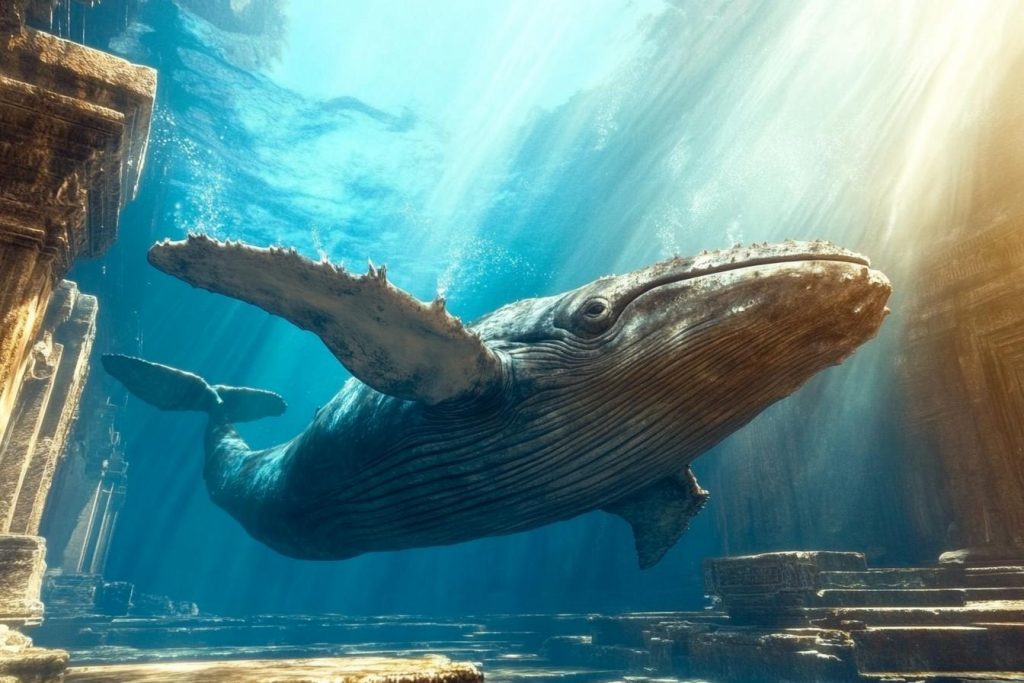
Whales once walked the Earth on four legs—and some still carry the evidence. Modern whales occasionally develop small internal leg bones, a leftover from their land-dwelling ancestors. These vestigial structures are like evolutionary ghosts, hinting at a distant past. Evolution doesn’t always erase the past—it sometimes buries it just beneath the surface.
Frogs That Give Birth Through Their Mouths
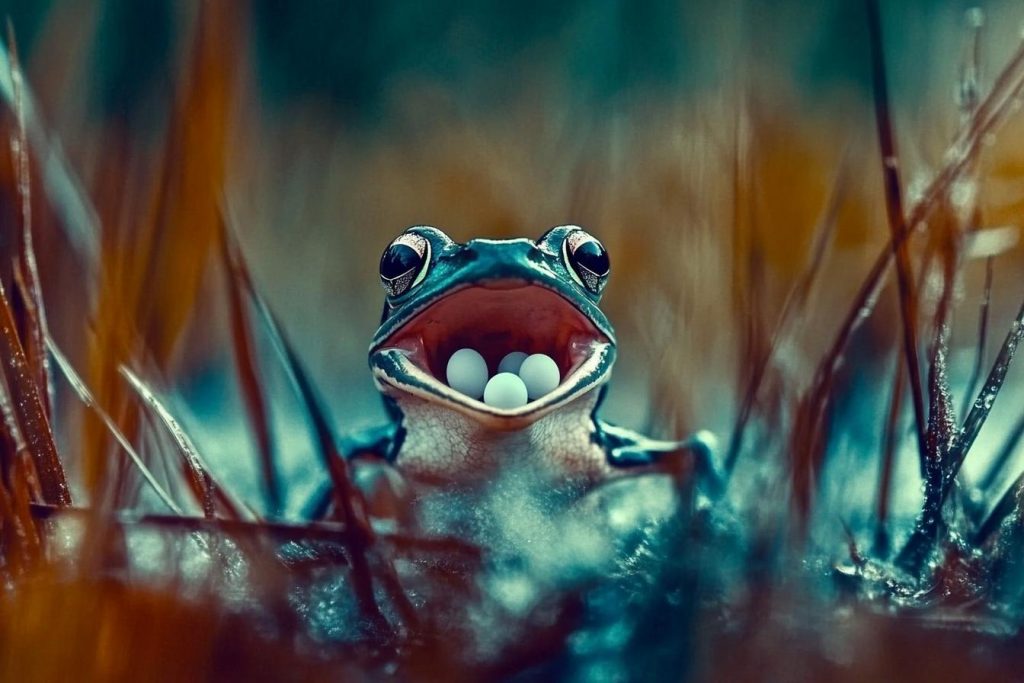
One extinct species, the gastric-brooding frog, had a stomach that doubled as a womb. After swallowing fertilized eggs, the frog stopped producing stomach acid and eventually gave birth through its mouth. This adaptation was so bizarre that it rewrote what scientists thought amphibians could do. Though extinct, efforts to bring it back are underway—because its evolutionary trick might help humans too.
Snakes with Limbs—Sort Of
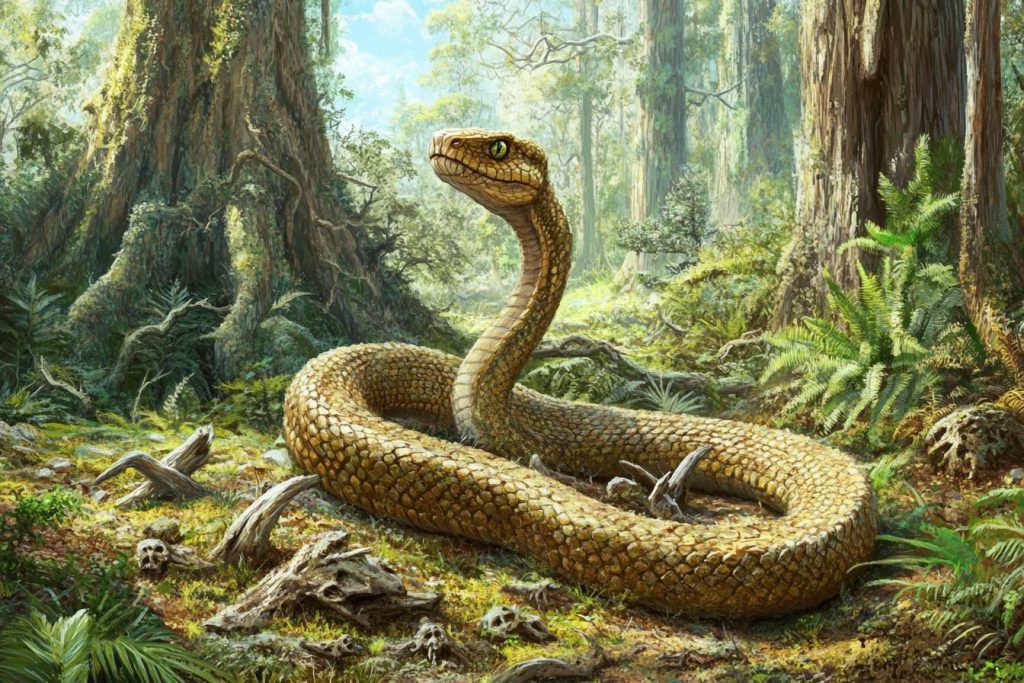
Some primitive snakes, like boas and pythons, still possess tiny, claw-like remnants of legs near their tails. These evolutionary leftovers are a reminder that snakes didn’t always slither—they used to walk. These tiny spurs are used for mating or combat in some species. Evolution doesn’t always finish the job—it sometimes pauses halfway.
Lizards That Clone Themselves
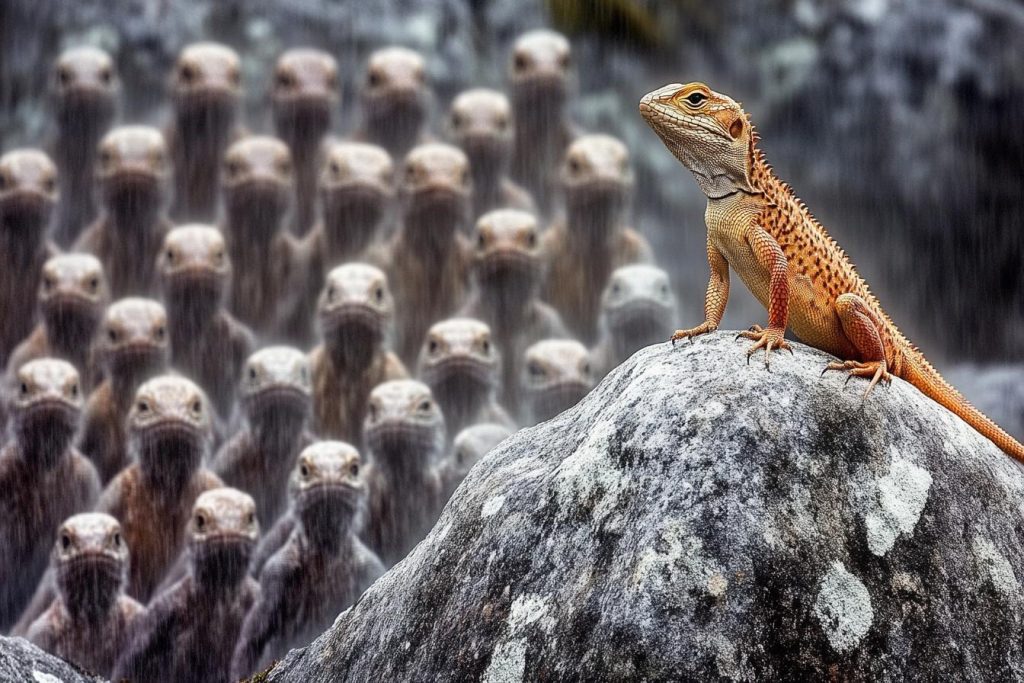
Some lizard species have done away with males entirely. These all-female species reproduce through parthenogenesis, creating perfect genetic copies of themselves. It’s a shortcut in evolution that allows for rapid expansion—but at the cost of genetic diversity. Nature found a way to sidestep traditional reproduction entirely.
Birds That Forgot How to Fly

The flightless cormorant of the Galápagos Islands lost its ability to fly in favor of powerful swimming skills. With no predators around, flight became unnecessary—and evolution responded by shrinking its wings. It’s a rare but powerful example of evolutionary trade-offs. In this case, what looks like a limitation is actually a superpower.
The Electric Fish That Can Rewire Itself
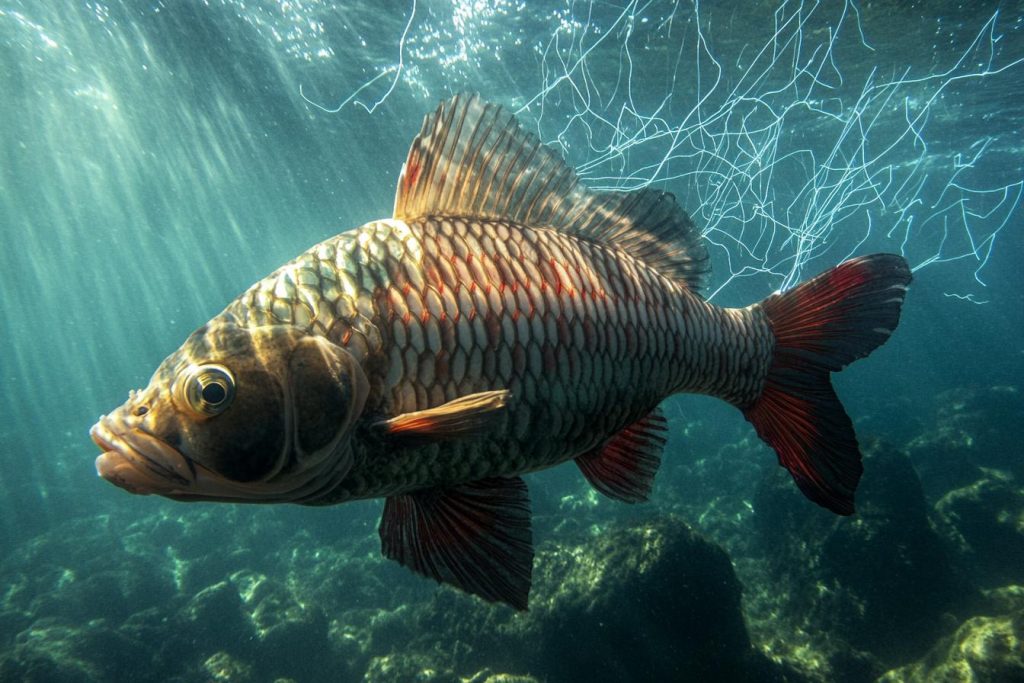
Some species of electric fish can actually reprogram their electric signals on the fly. They change their electric organ discharges to avoid predators or communicate differently depending on the time of day. It’s like evolution gave them a built-in software update system. Adaptive, dynamic, and highly specialized—these fish are shockingly advanced.
Insects That Farm and Herd
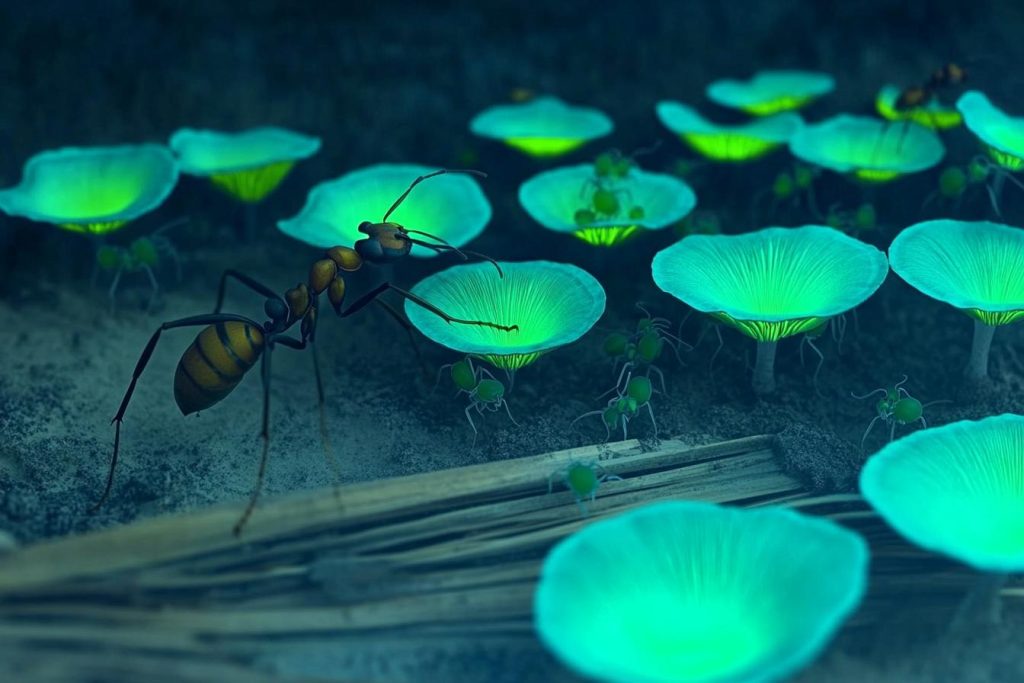
Certain ants and beetles have evolved to farm fungi and herd aphids like livestock. These behaviors resemble human agriculture but developed entirely on their own, millions of years before us. It’s a jaw-dropping case of convergent evolution. Apparently, nature invented farming long before we did.
Bats That Evolved Echolocation Twice
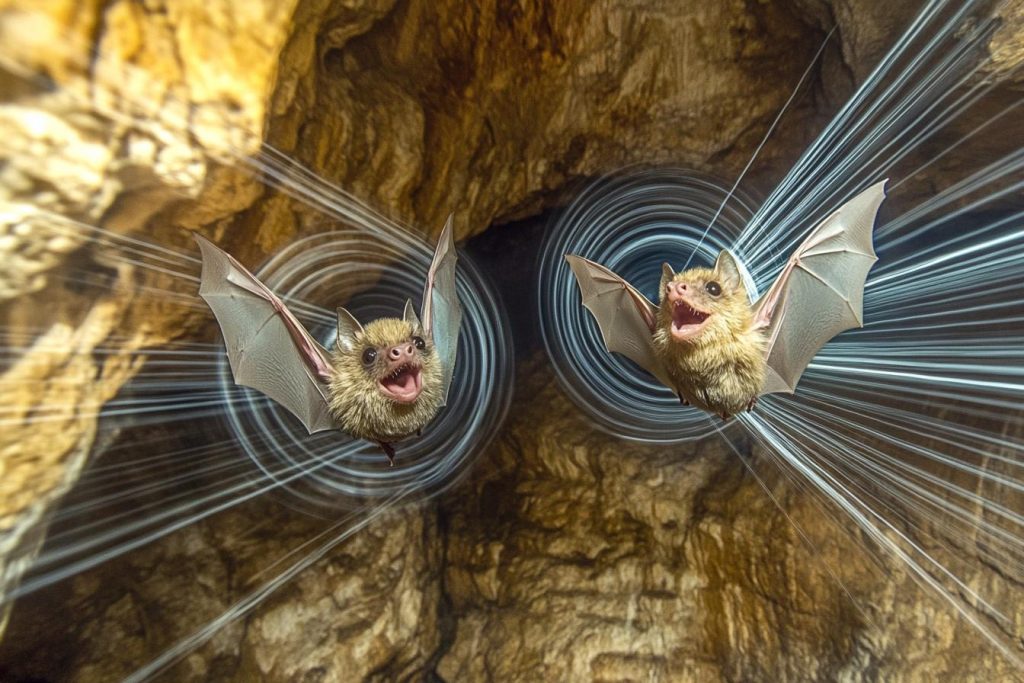
Not only did bats evolve to fly, but some of them evolved echolocation—twice. Genetic studies show that two separate groups of bats developed this ability independently. This double take proves that evolution can find the same solution more than once if it works well enough. Nature, it seems, is full of reruns with plot twists.
The Salamander That Stays a Baby Forever
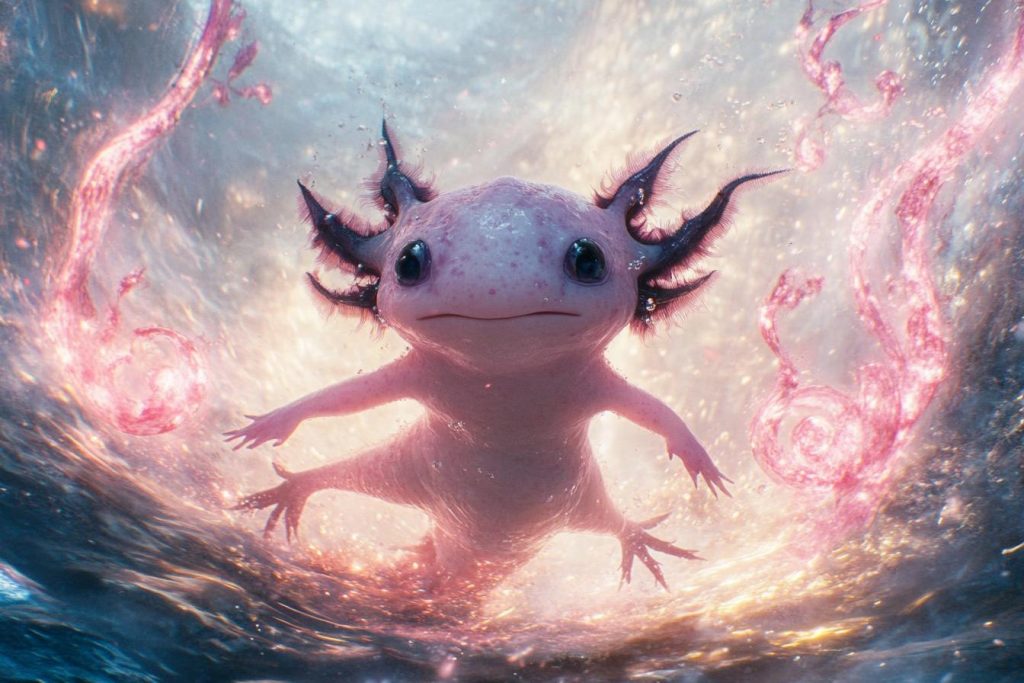
The axolotl never undergoes full metamorphosis—it retains its larval form and gills even into adulthood. This condition, known as neoteny, allows it to regenerate limbs, spinal cords, and even parts of its brain. By staying young forever, it also stays remarkably resilient. In evolution, eternal youth isn’t just a fantasy—it’s a strategy.
Plants That Hunt Insects
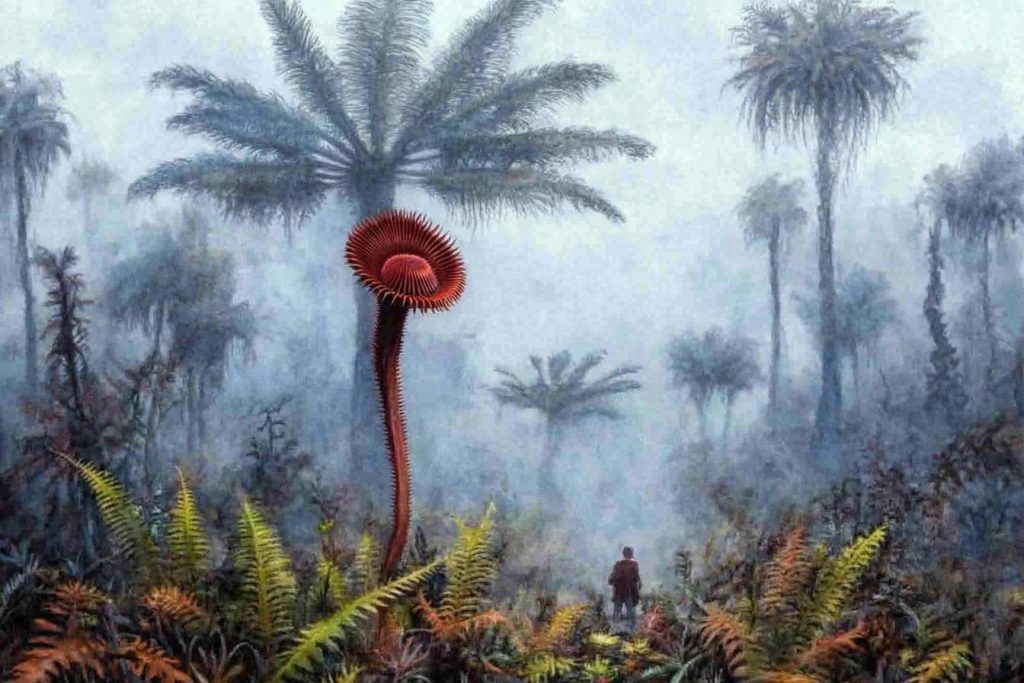
While we think of plants as passive, some, like the Venus flytrap, are active predators. These plants evolved specialized leaves to snap shut and digest unsuspecting insects. They blur the line between flora and fauna with their hunger and precision. Evolution doesn’t care about categories—it just adapts.
Fish That Walk on Land
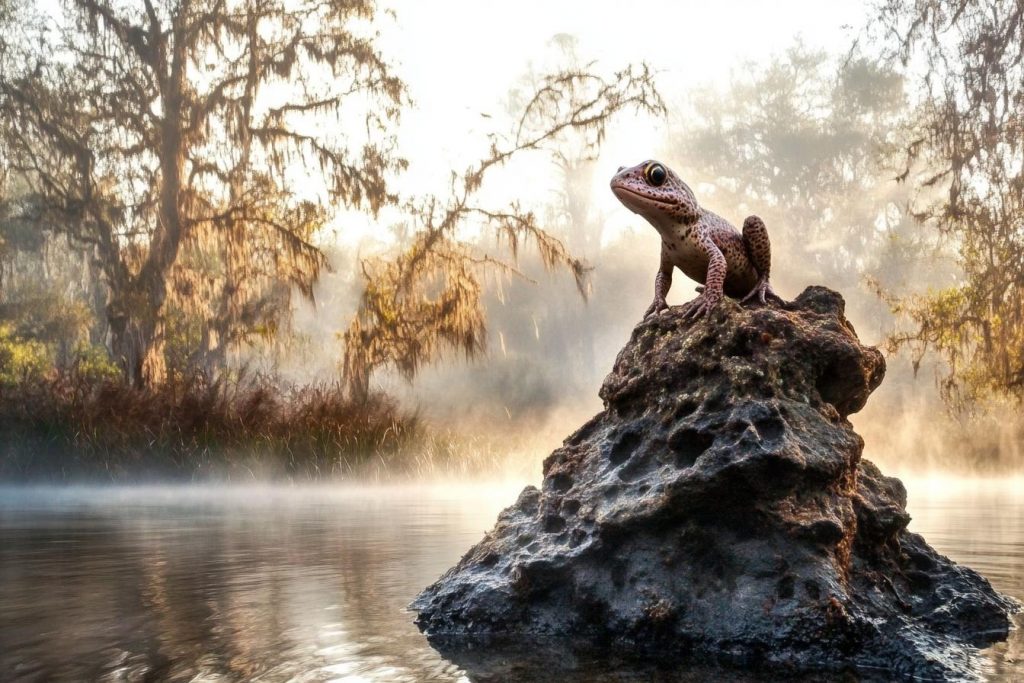
The mudskipper spends much of its life on land, using its pectoral fins like legs to crawl and hop. It breathes through both its skin and a specialized chamber in its mouth. It’s a snapshot of evolution in action, bridging the gap between aquatic and terrestrial life. These amphibious oddballs prove that fish don’t always stay in their lane.
The Mammal That Lays Eggs
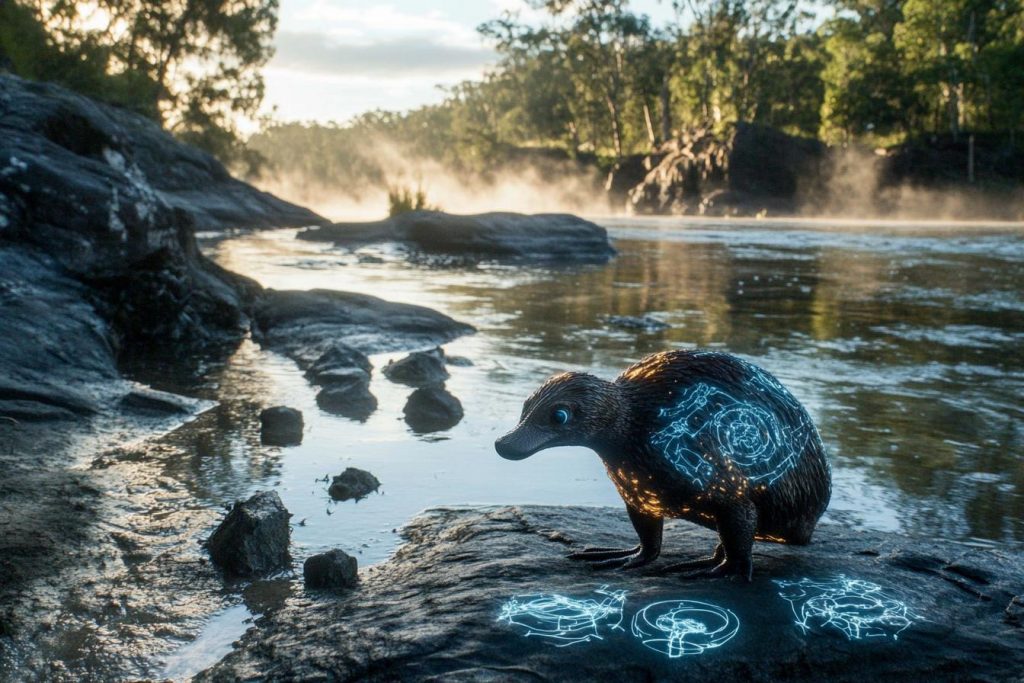
The platypus breaks almost every rule of mammalian biology—it lays eggs, has venomous spurs, and uses electroreception to hunt. Scientists once thought it was a hoax when first discovered. It’s an evolutionary outlier that seems stitched together from different branches of the animal kingdom. And yet, it works perfectly.
Nature’s Rulebook Was Always a Myth
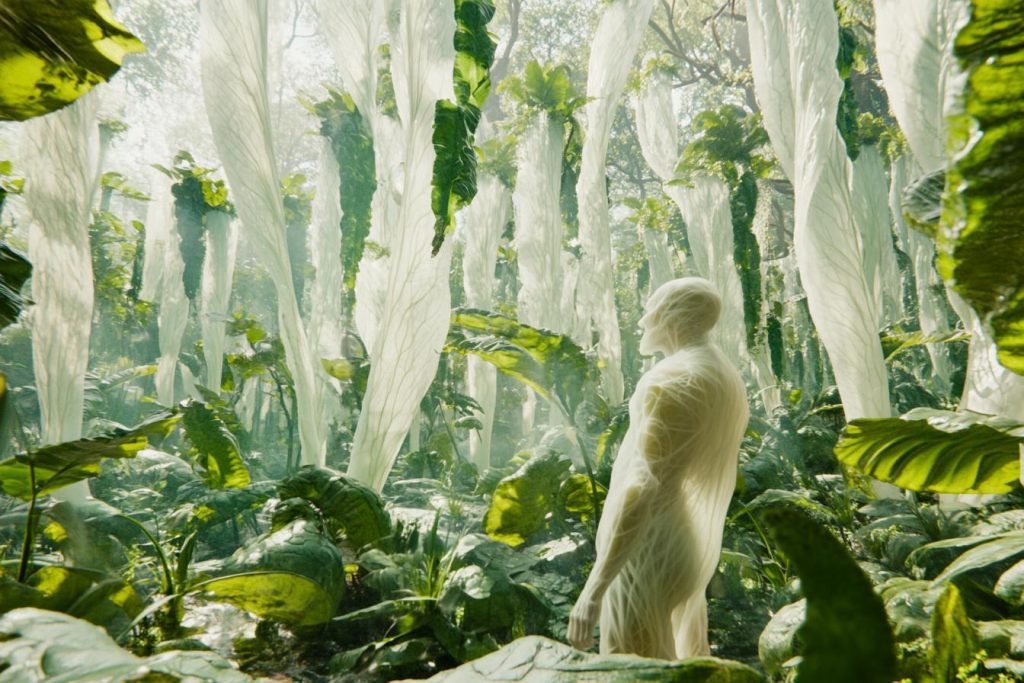
From creatures that time forgot to those rewriting the laws of biology, evolution has never been a straight path. These wild twists remind us that life is endlessly experimental, and often much weirder than we imagined. Just when we think we’ve figured it out, nature offers a new surprise. Perhaps it’s not the rules of evolution we should study—but the exceptions.

